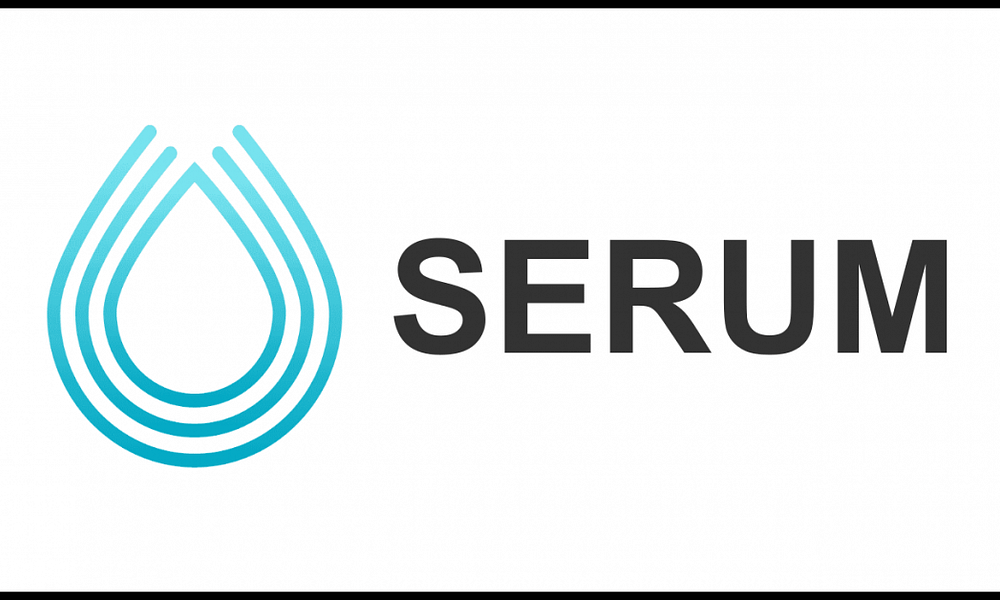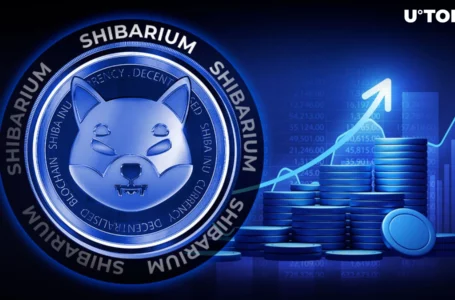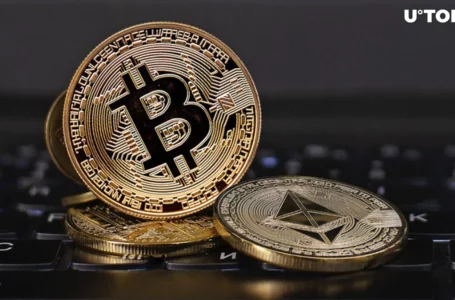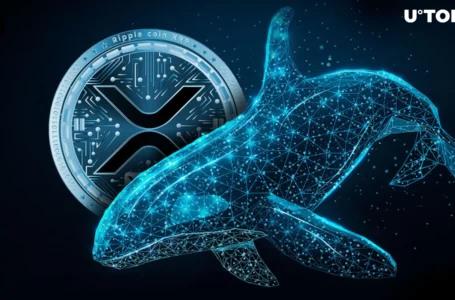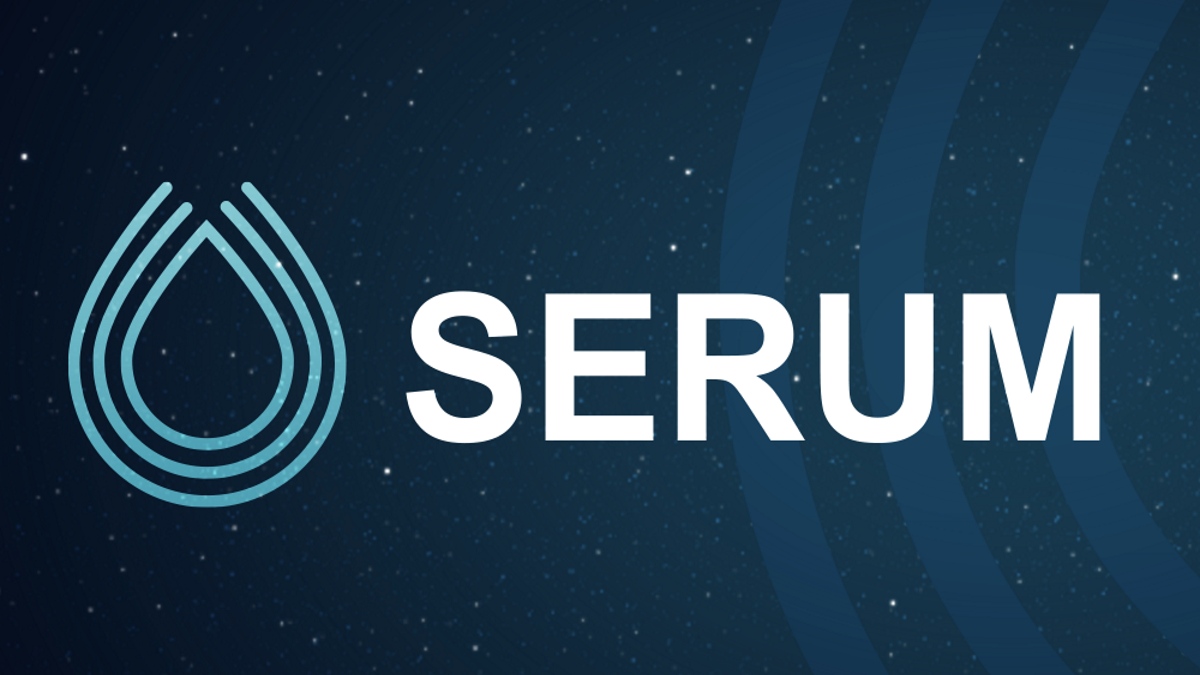
Serum (SRM) is a decentralized derivatives exchange (DEX), cryptocurrency, and DeFi ecosystem built on the Solana blockchain. The protocol streamlines DEX creation and DeFi adoption through its unique market strategy. Serum users can create dynamic and highly responsive DEXs using a host of developer resources and more. Here’s what you need to know about Serum (SRM) and why it continues to see growing adoption from developers and users.
History of the Serum (SRM)
The Serum (SRM) whitepaper was officially published in July 2020. The following month, the developers demonstrated their innovative nature by simultaneously hosting two initial exchange offerings (IEOs) for the project. These events were held on FTX and BitMax and both concluded successfully.
What Advances Does Serum (SRM) Offer?
Serum (SRM) alters the concept of DEXs by introducing more flexibility into the equation. Developers can create DEXs with in-depth CEX-like (centralized exchange) features. Features like stop orders and limit orders are regular options for CEXs but are not yet available for most DEX users.
This integration brings the convenience of centralized exchanges to DeFi. It also helps to reduce the technical barriers associated with jumping from CEXs to DEXs, such as no orderbook. By making the migration more familiar, more users can make the switch to a DEX without anxiety and confusion.
Scalability
The Serum Derivatives DEX was built to provide faster transaction settlement times than the competition. The developers have clocked the network at 65,000 tps (transactions per second). This tps-rate is more than double that of major payment processors such as VISA and MasterCard.
Developers can build hyper-fast DEXs with more responsiveness using Serum. The network also supports the integration of other popular DeFi options via the Solana blockchain. Together, these protocols improve the traditional DEX layout considerably.
Low Costs
The technical structure of Serum (SRM) enables it to provide lower fees than Proof-of-Work networks like Bitcoin or Ethereum. Additionally, users can transfer any amount of value globally in seconds for pennies using the protocol. The current network transaction cost is 0.00001. This low fee structure makes Serum a smart choice for complex Dapps and other computationally heavy systems.
Cross-chain trading
Serum (SRM) supports cross-chain trading as well. Cross-chain trades are cheaper and more secure than trading through a third party like a custodial exchange. Serum users enjoy a permissionless and transparent cross-network trading experience using Serum.
Deflationary
Another cool feature of Serum (SRM) is its deflationary tactics. The network takes 80% of all DEX fees and puts them towards an aggressive buy and burn strategy. Buy and burns are increasing in popularity because each purchase improves market value and the burning aspect helps to fight inflation which is a major concern for DeFi networks.
Serum (SRM) Inner Workings
Serum (SRM) utilizes advanced smart contracts to remove all human intervention from the core processes of the system. The network empowers developers through support and community initiatives. Users can save on their trades and promote DeFi adoption when they join the Serum ecosystem.
Solana blockchain
The Solana blockchain is the backbone of the network. It provides Serum with a huge advantage over Ethereum-based exchanges. The network provides more scalability with 400ms block times and is smart contract programmable. This high performance enables Solana to scale up to meet the needs of the global DeFi economy.
Serum (SRM) Staking Nodes
Anyone can join Serum and become a staking node, but you will need to meet some token requirements before you qualify. Specifically, you need to hold at least 10,000,000 SRM and one MegaSerum. Staking nodes are responsible for multiple tasks on the network. Primarily, they supply blockchain histories for cross-chain settlement validation. For their efforts, they receive rewards based on their performance.
On-chain Order Books
One of the most advanced features provided by Serum is the ability to integrate full limit order books into DEXs. These order books are more familiar to traditional traders and those migrating from large CEXs like Binance or Coinbase. Serum DEX users gain options like the ability to sort coins based on price, size, and trade direction.
SRM
The Serum token (SRM) is an SPL token that lives on the Solana blockchain. Interestingly, SRM is also cross-listed on the Ethereum blockchain as an ERC-20 token. SRM serves a vital role in the operations of Serum. Users can send value, pay fees, and participate in the governance processes of the platform using this token.
Notably, the developers have placed a hard cap on the project of 10 billion tokens. The initial supply was 1 billion SRM tokens and there are 50 million tokens in circulation currently. The remaining tokens are slated for delayed-release via a timed liquidity lock. Uniquely, Serum’s developers chose to keep 91.25% of all tokens in long-term unlocking periods to ensure decentralization as the project progresses.
MegaSerum (MSRM)
The MegaSerum concept is another innovative addition to the network. Users can lock 1,000,000 SRM together to create 1 MSRM. This scarce asset provides increased utility to the ecosystem. Notably, you can redeem 1 MSRM for 1,000,000 at any time.
Serum (SRM) Governance
SRM stakers gain entrance into the network’s voting system. These votes determine the direction of the platform moving forwards. Users can put forth proposals regarding yields, buy and burns, grants, or other alterations. This strategy ensures that the network remains community-led and prevents centralization. Additionally, it gives the community direct control over all the revenues generated by the platform.
Bottom Line
The developer behind the Serum (SRM) concept recognized early on that DEXs would need to start to provide more features if they wanted to compete with the large exchanges dominating the market. They managed to create a happy medium that both expands the programmability of these platforms and improves their responsiveness. For these reasons, Serum is positioned wisely in the market.
